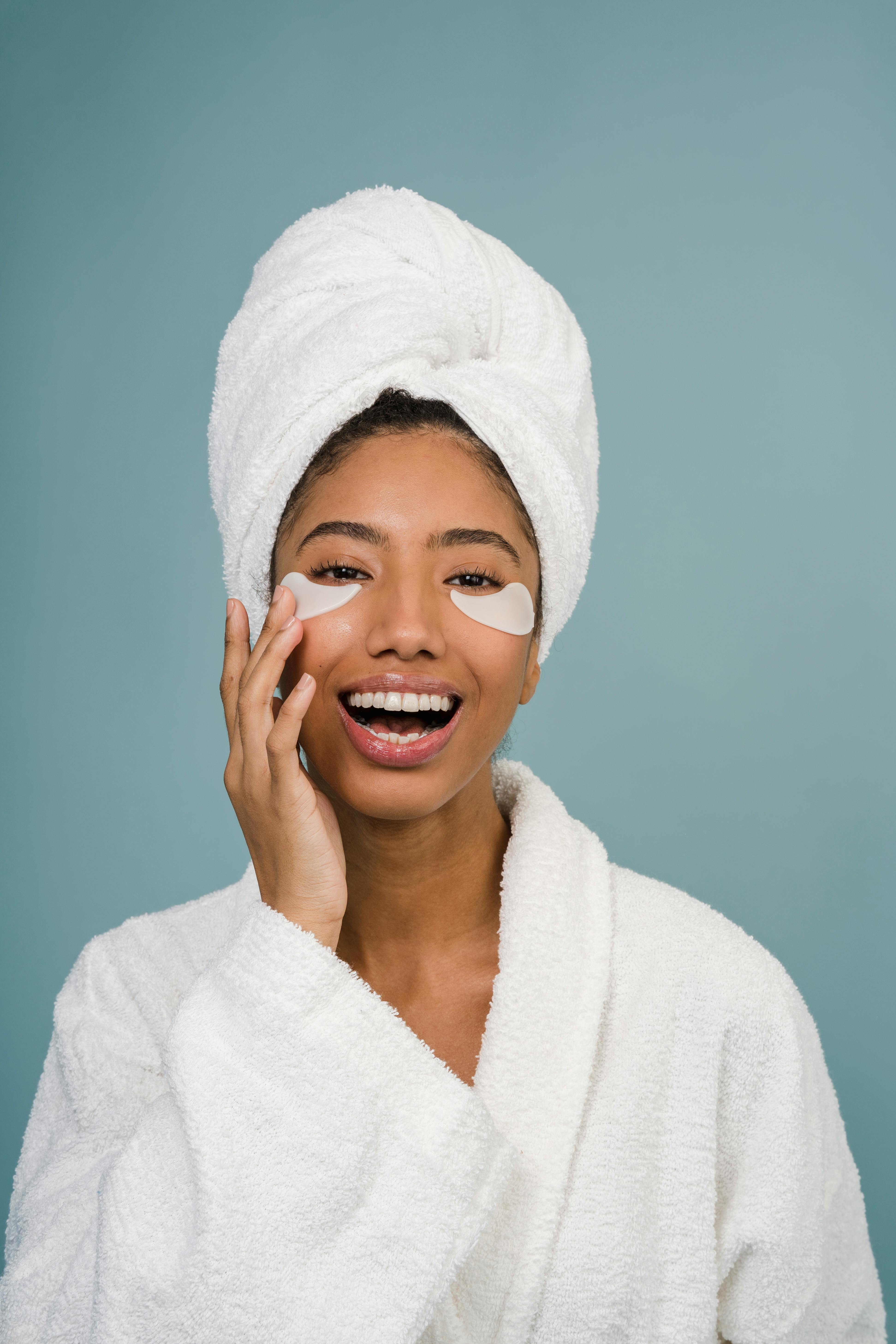Demystifying Eye Bags: Causes, Treatments, and Prevention Strategies
Eye bags, or under-eye puffiness, is a common cosmetic concern for both men and women. This condition manifests as mild swelling or saggy, loose skin under the eyes and is often associated with aging, stress, and lack of sleep. The skin around our eyes is the thinnest skin on our body, thus making it vulnerable to various changes within our bodies and external environmental factors. The appearance of eye bags can make individuals look more tired, older, and less healthy than they actually are, impacting their self-esteem and overall appearance.

The Science Behind Eye Bags
To understand the best solutions for eye bags, we need to first comprehend the science behind its occurrence. Eye bags are primarily caused by the weakening of tissues and muscles supporting your eyelids as we age. As this happens, normal fat that helps support the eyes moves into the lower eyelids, causing the lids to appear puffy. Fluid may also accumulate in the space below your eyes, adding to the swelling.
Apart from aging, other factors can contribute to the appearance of eye bags. These include fluid retention due to changes in weather or hormonal shifts, sleep deprivation, allergies, and heredity.
Historical Approaches to Treating Eye Bags
Historically, various cultures have adopted different approaches to treat eye bags. In ancient Egypt, people used ostrich eggs to reduce under-eye puffiness. The Chinese have been known to use acupuncture and herbal remedies, while the Greeks used chamomile tea bags.
In the 20th century, cosmetic surgery became the preferred method for treating severe eye bags. Blepharoplasty, a surgical procedure that removes excess fat and skin from the lower eyelids, was and still is, a common treatment for eye bags. However, due to its invasive nature, potential side effects, and high costs, many individuals seek alternative treatments.
Contemporary Treatments and Innovations
Today, there are numerous non-surgical treatments available for those seeking to minimize the appearance of eye bags. For mild cases, lifestyle adjustments such as getting adequate sleep, reducing salt intake, and staying hydrated can make a significant difference. Over-the-counter products with ingredients like retinol, hyaluronic acid, and vitamin C have proven effective in tightening the skin and reducing puffiness.
Professional treatments have also evolved, with less invasive options now available. These include laser resurfacing, chemical peels, and filler injections, which restore volume to the under-eye area, reducing the appearance of bags.
In recent years, there has been a surge in interest and development in non-invasive devices for home use. These devices, such as radiofrequency (RF) and microcurrent machines, promise to reduce puffiness and tighten the skin.
The Impact of Eye Bags on Society and Self-Esteem
The preoccupation with eye bags is not merely a matter of vanity. Our society places a high value on youth and beauty, and the presence of eye bags can impact a person’s self-perception and social interactions. They can make an individual appear older, tired, or unwell, which can lead to negative judgements and biases.
However, it’s crucial to remember that the appearance of eye bags is a natural part of aging and varies from person to person due to genetic factors. While it’s natural to want to look our best, it’s equally important to foster a healthy relationship with our bodies and aging process.
A Balanced Approach to Dealing with Eye Bags
Addressing eye bags effectively requires a balanced approach that includes lifestyle modifications, skincare regimen adjustments, and, if needed, professional treatments. It’s also important to set realistic expectations and understand that while treatments can minimize their appearance, they can’t entirely eliminate them.
Prevention is always better than cure. Incorporating a good skincare routine early on, maintaining a balanced diet, and getting adequate sleep can help delay the onset of eye bags.
In conclusion, eye bags are a common concern that can be addressed with a combination of lifestyle changes, skincare products, and professional treatments. The key to managing this issue lies in understanding its cause, exploring various treatment options, and maintaining a positive attitude towards aging.




